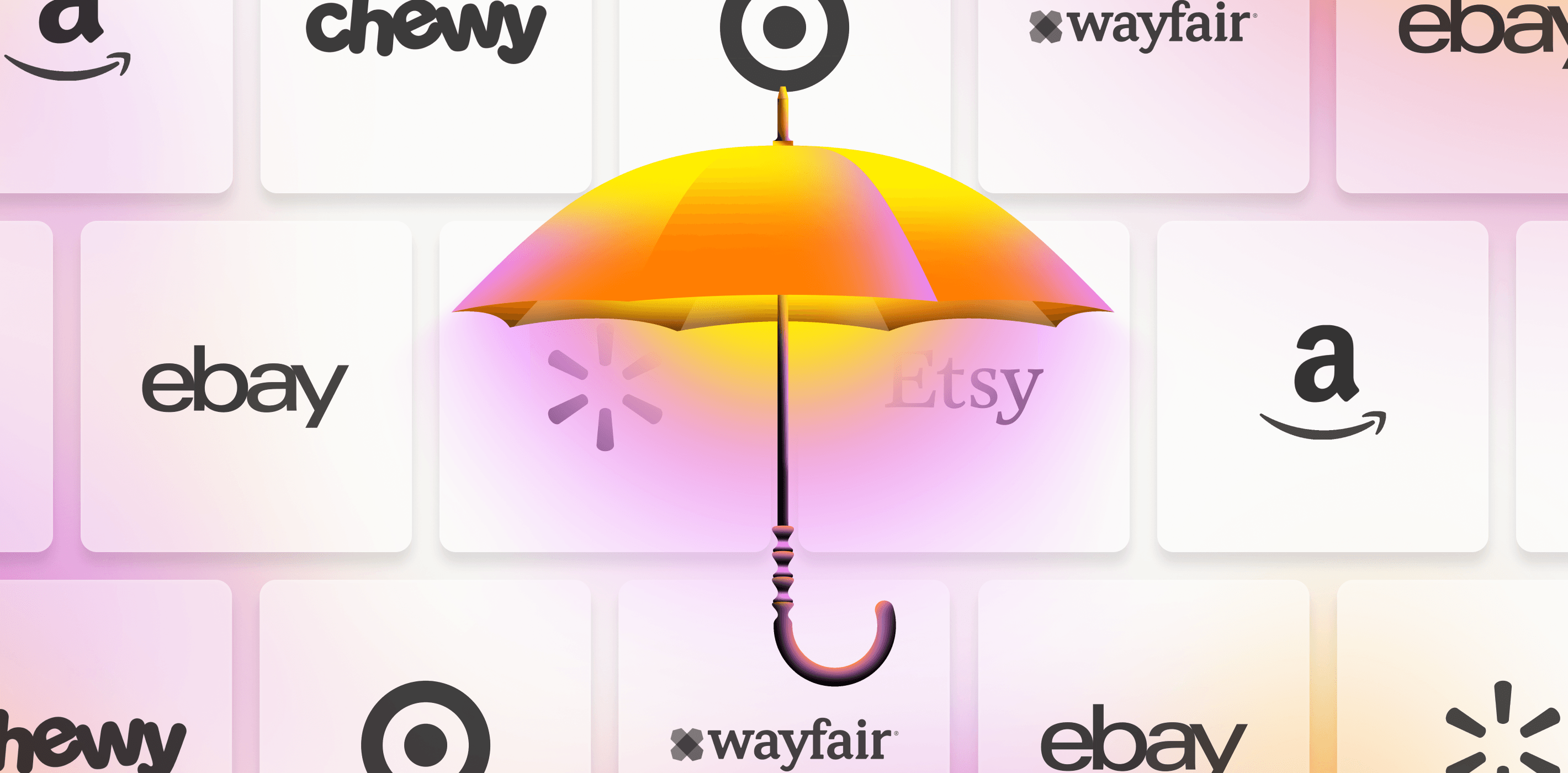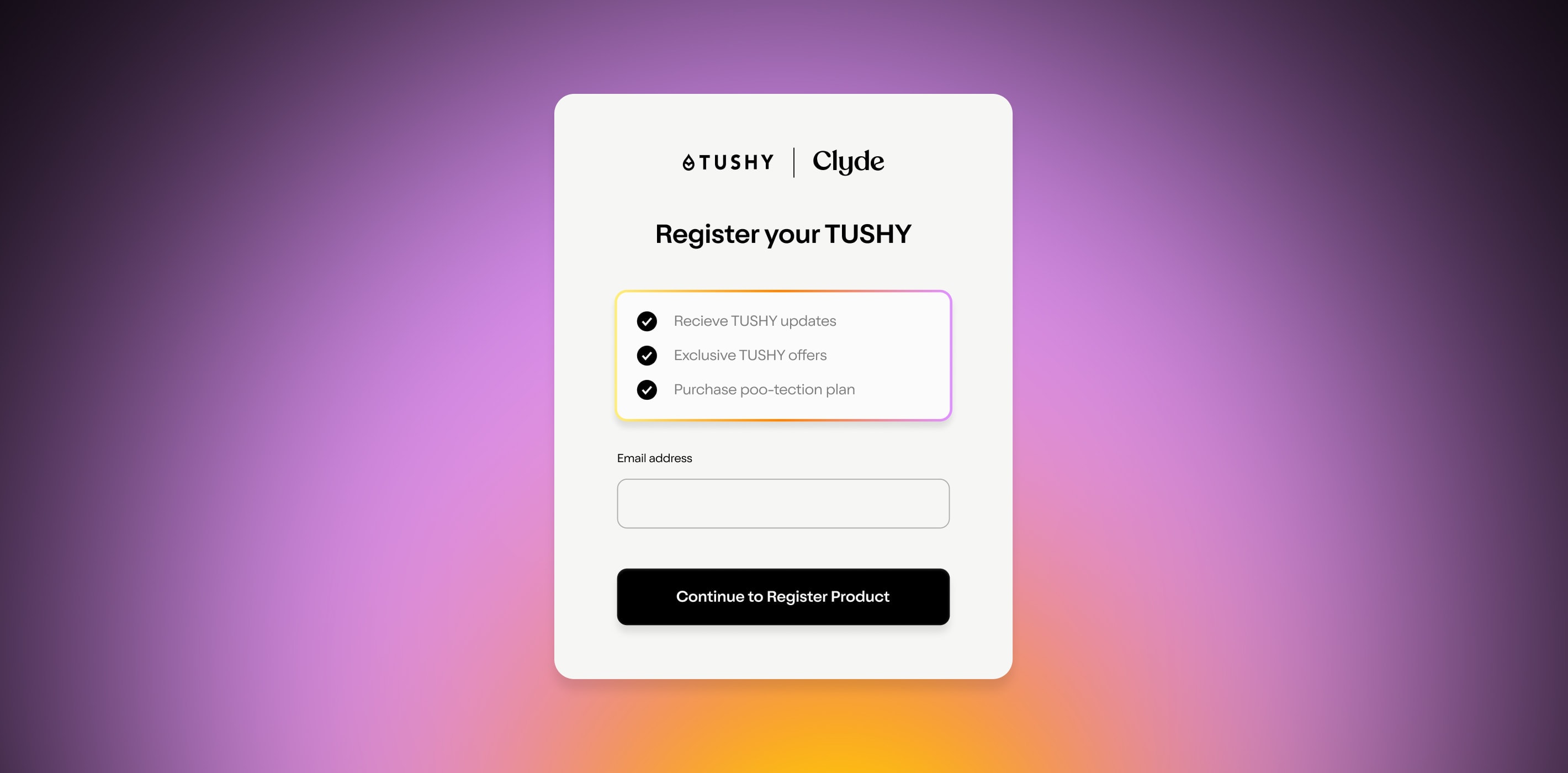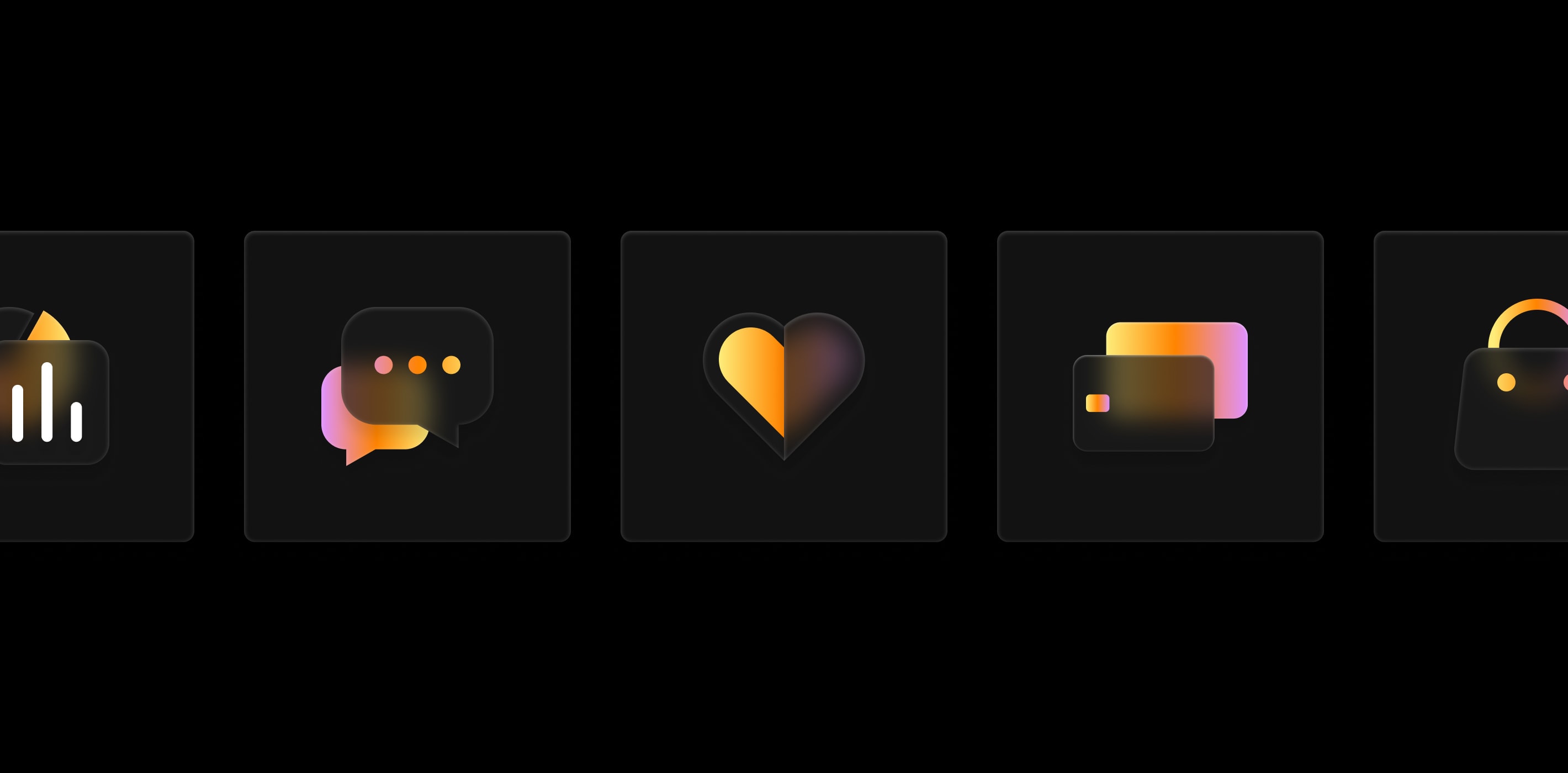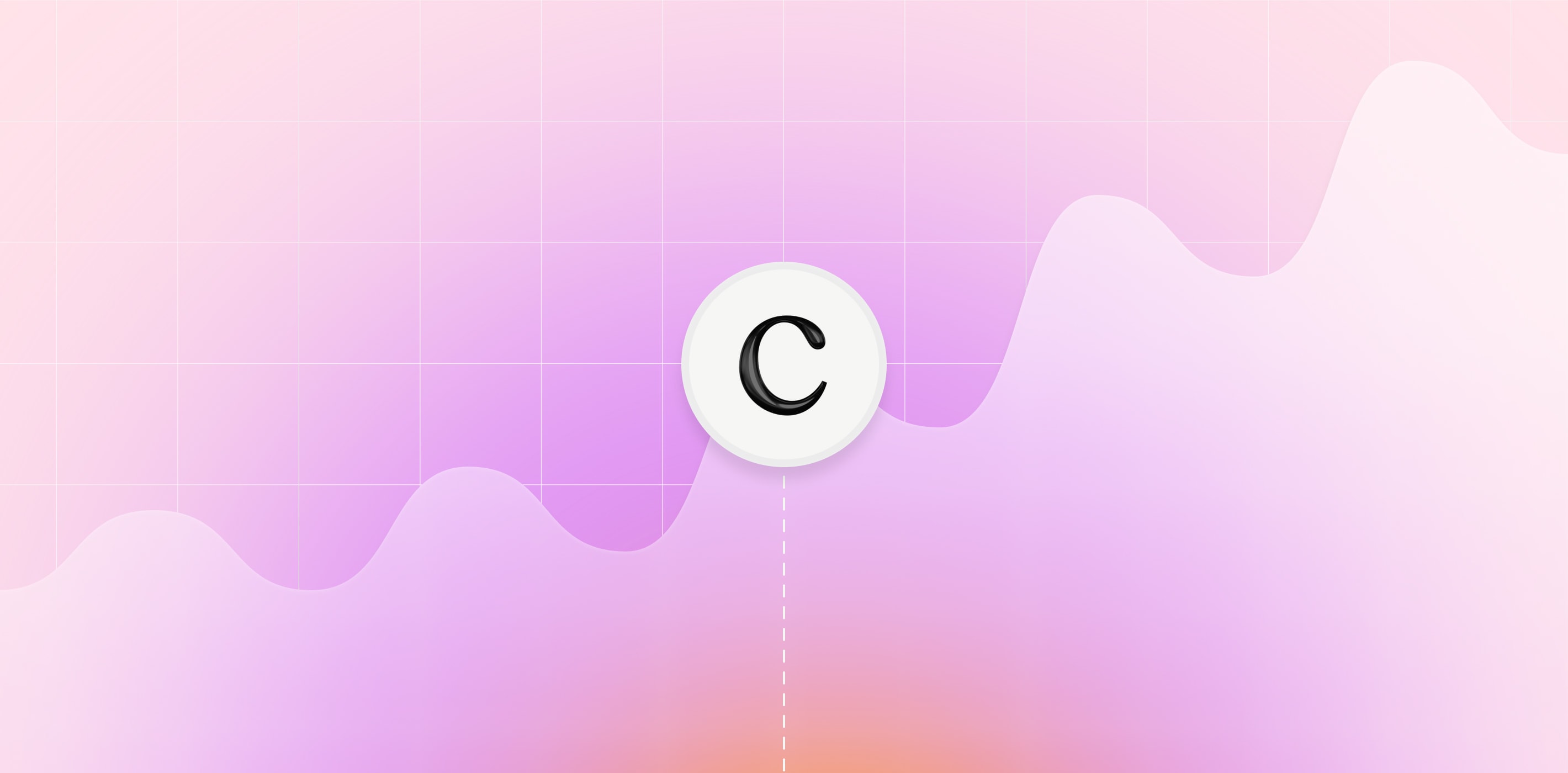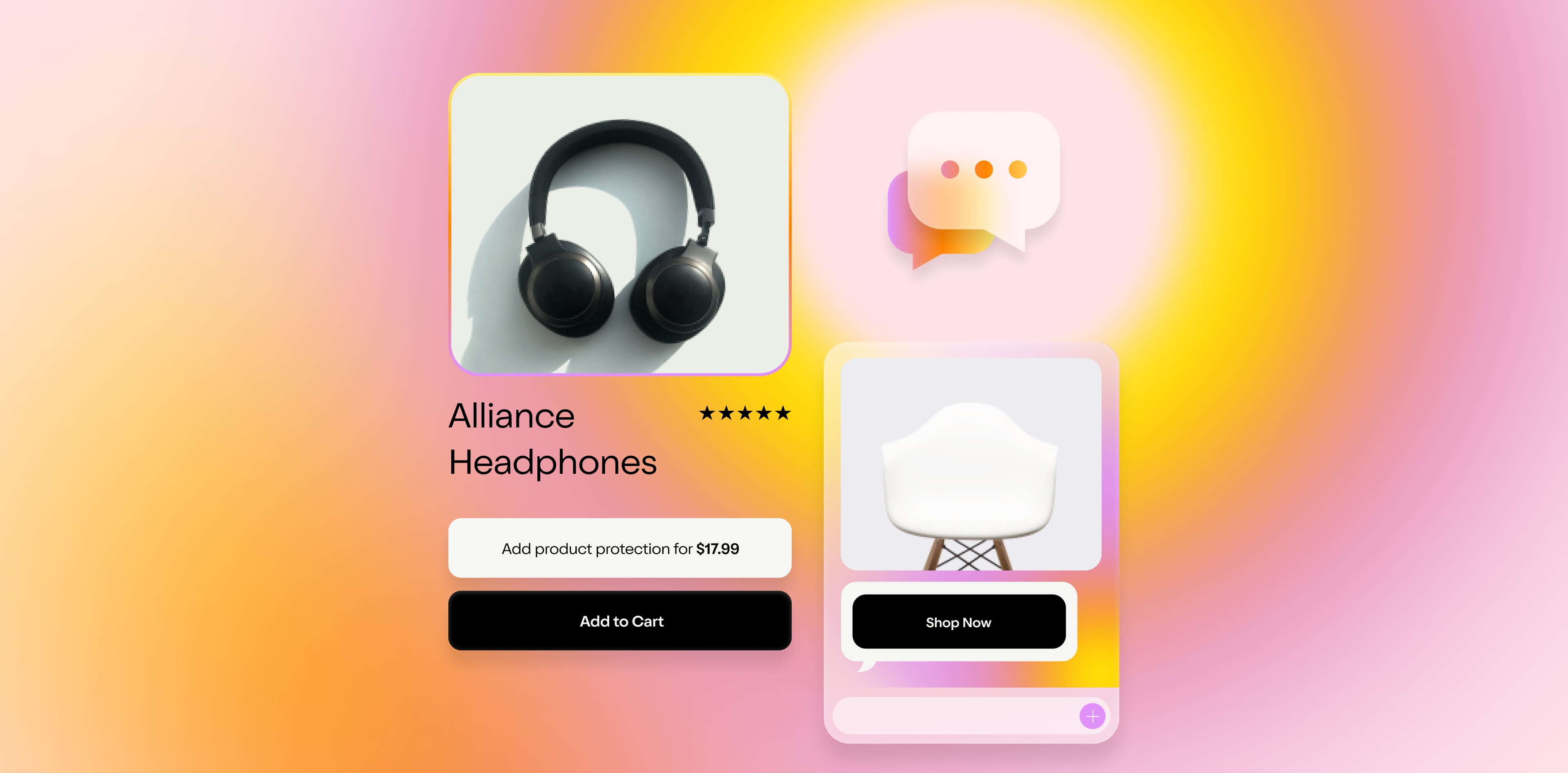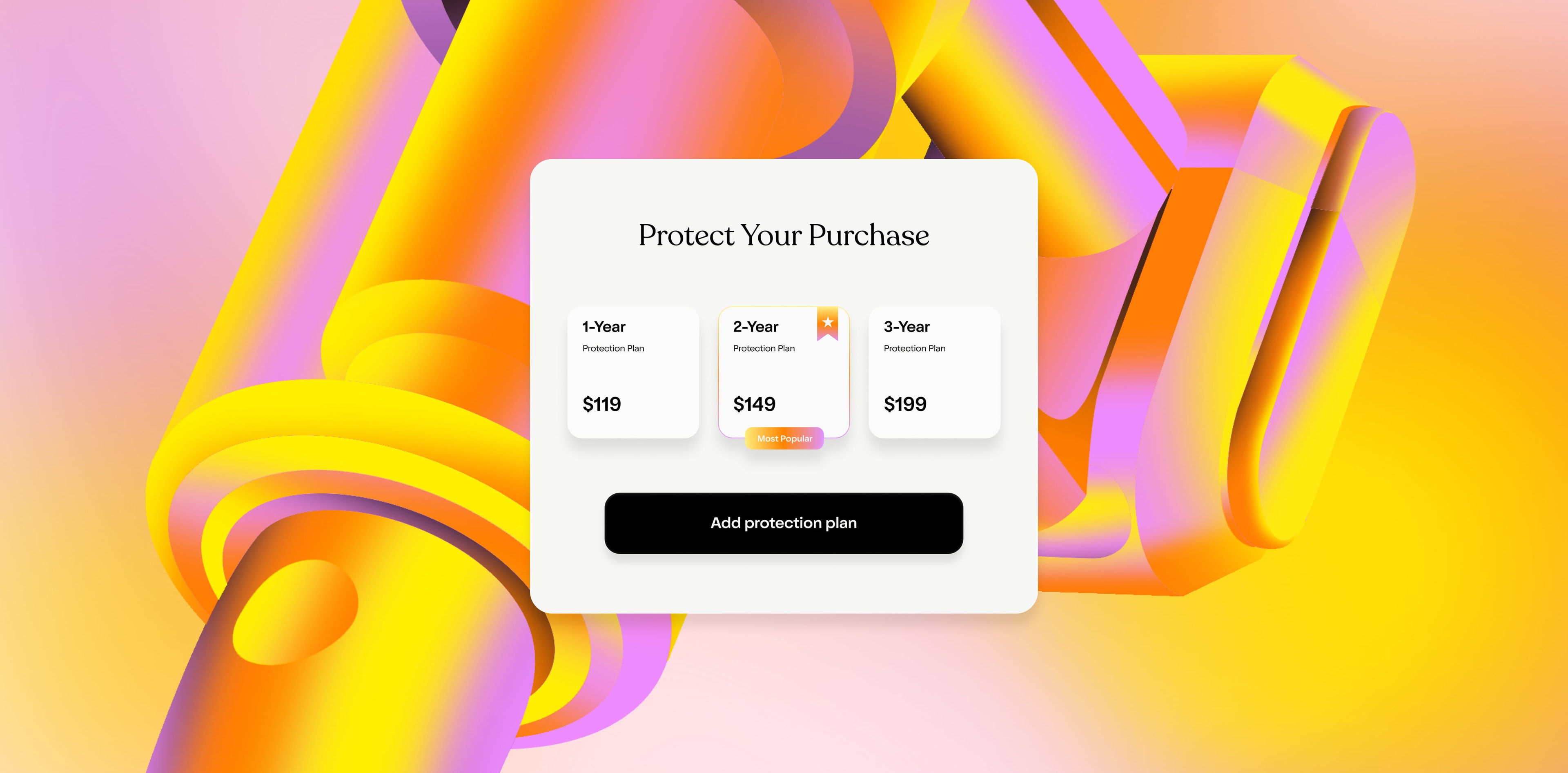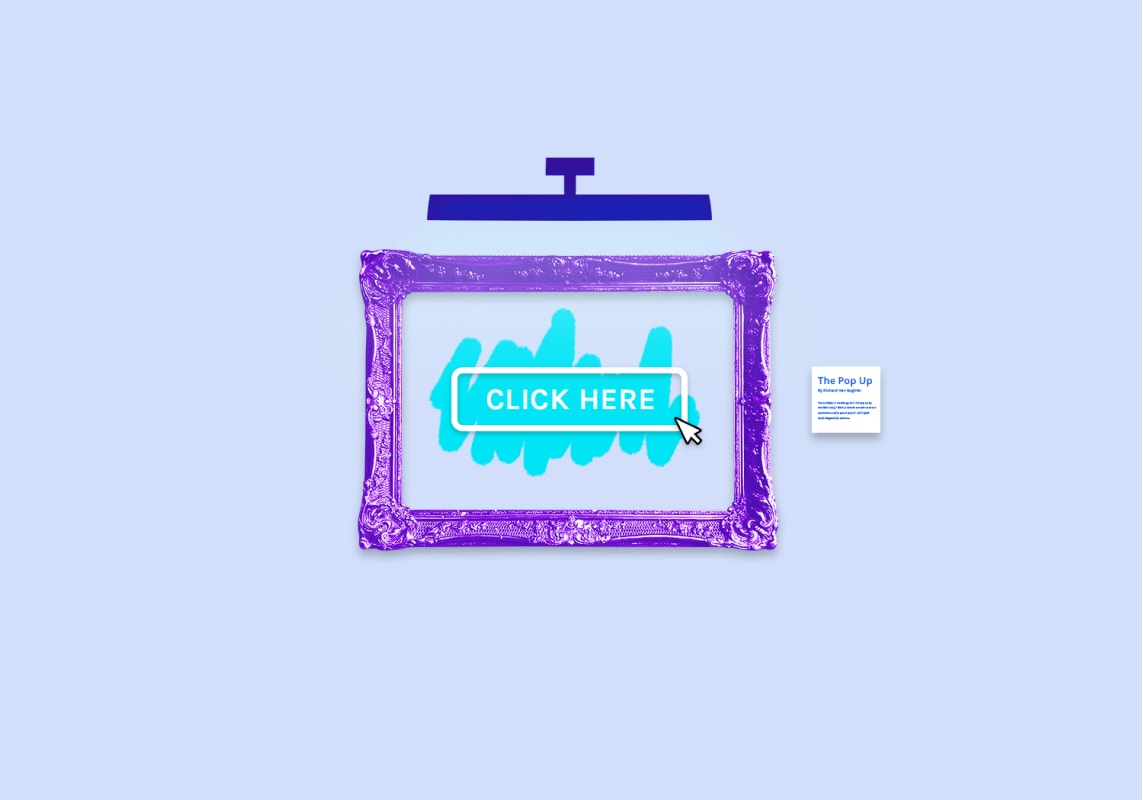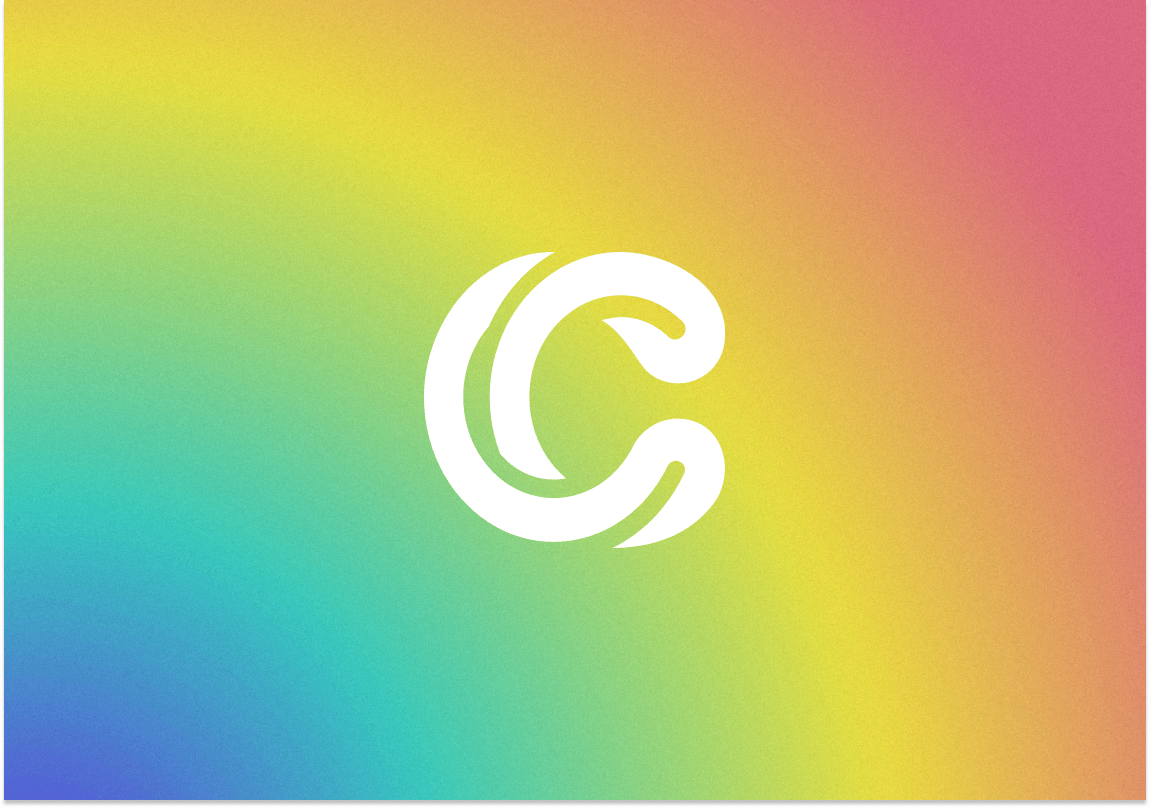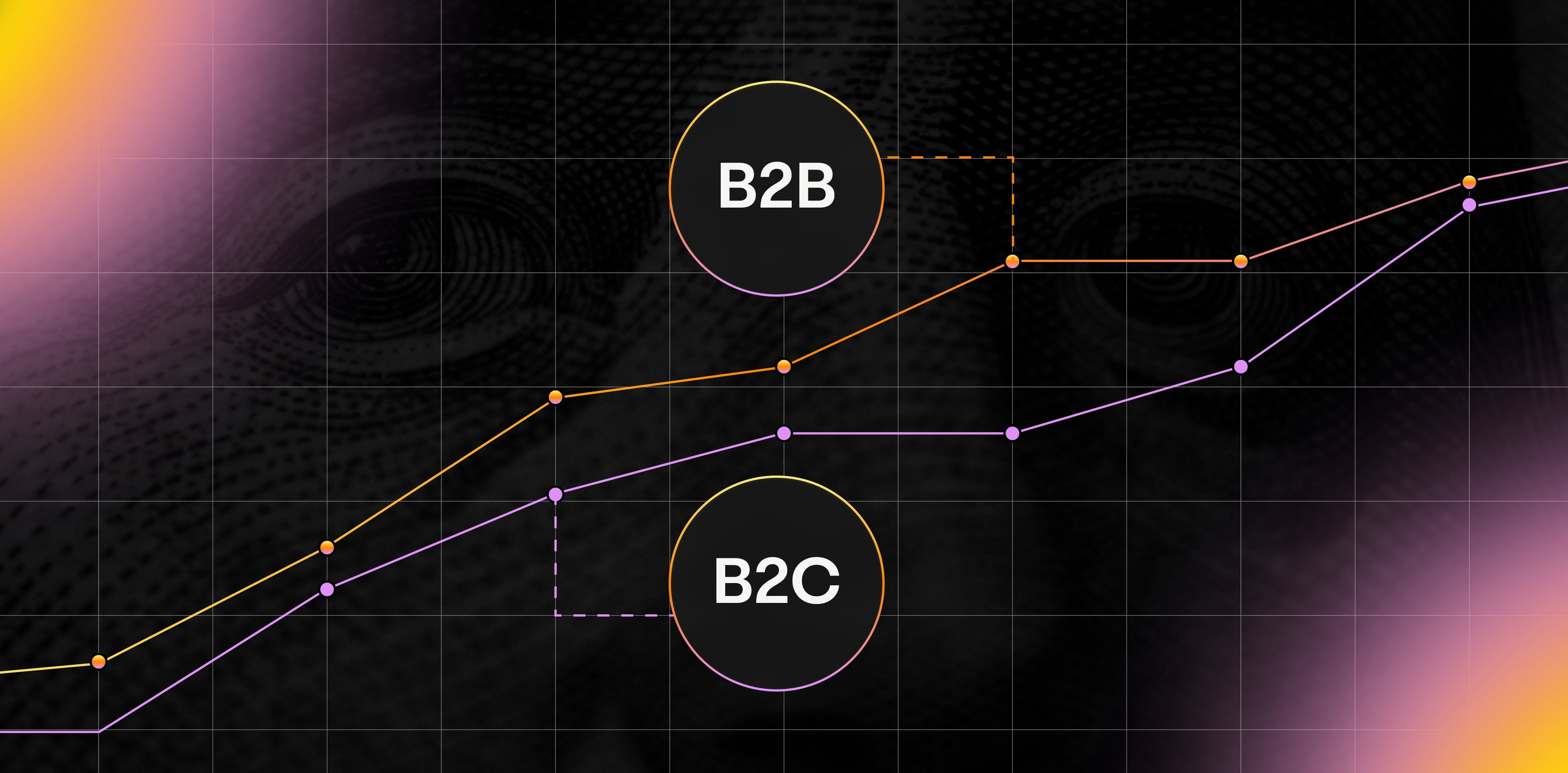The first one appears exactly eight minutes after I’ve woken up, embedded in the podcast I listen to while washing my face: “To get matched with a counselor within 48 hours and save 10%, go to betterhelp.com/UpFirst.”
The last one is tucked away at the bottom of the emails I scroll through before setting my phone on my bedside table and going to sleep: “For the full experience, become a paying subscriber”; “Read more »”; “Buy the Book”; “Shop women”; “Enter now”; “Support a Black-owned restaurant in your neighborhood.”
Throughout a given day, I see or hear north of 120 calls-to-action.
(And those are just the ones that I notice! I don’t always count them, but I did a few times this week in order to be able to write this intro.)
Why so many? What role do CTAs have in marketing, both traditional and digital? What data around CTAs in eCommerce exist, and what does that mean for what retailers should be doing to get the most out of them?
And what counts as a CTA, anyways? There are lots of questions to answer, so let's start at the beginning.
This Upwork banner ad from the Times has three CTAs in one: Hire the right talent, right now; Try Upwork Plus; Start free trial.
This chart from Visual Capitalist shows the growth of global ad spend over just the last 40 years. Radio and TV ads began taking off in the early 1900s—just imagine how much growth we’d see if the X-axis went back another 200 years. Even with recent declines in TV and print advertising, the average consumer still comes across thousands of ads every day.
What’s a CTA?: An overview
A call-to-action is a directive statement that asks the consumer to do something immediately upon encountering it.
They’re often simple constructions based around an action verb, but they can also be multiple sentences and include other information, like a timely offer or a compliment designed to flatter the audience. They’re a key part of sales and marketing strategies because they help push consumers further down the funnel, going from awareness (Lean more!) to interest (Sign up for a free trial! Ask for a demo!) to sales (Buy now!). After you’ve caught a consumer’s attention, a CTA tells them exactly what to do with it. Think of them as digital breadcrumbs.
I come across so many calls-to-action in my day-to-day life because I come across so much advertising in my day-to-day life. We have the internet, which has been designed to serve ads , and television, which is still chock-full of institutional ads even when I’m only accessing it via paid streaming channels. There are podcasts, and outdoor signage, and even paper magazines and newspapers, when I’m feeling vintage, all full of ads.
__Advertising usually has one of three purposes, and calls-to-action are a fundamental part of two of them:
Informative advertising, where the goal is to create awareness of a product, brand, or service. This is used most often by established brands who have already invested in ad strategies to get you to try their products and now just want to remind you that those products exist, and by new-to-the-scene brands establishing their aesthetics. They rarely contain direct CTAs.
Reminder advertising, where the goal is to spur a repeat purchase or form a habit. Most PSAs fall into this category, as do timely advertisements focused on sales or seasonal offerings.
Persuasive advertising, where the goal is a general one: influence customers to take a certain action towards a new brand. These are where CTAs are the most prevalent and obvious. They tell customers exactly what the brand wants them to do: try a new product, remain loyal to an old one, switch brands, or share their experience.
These Amazon call-to-actions recognize that I’m early in the process of considering either product. One implores me to trade-in my old Kindle and save, and the other asks me to learn more about their eyeglasses.
A brief history of CTAs
This print ad for Spindrift explains what the product is, but doesn’t directly ask consumers to do something with that knowledge.
Calls-to-action have been around since advertising was around. We tend to think of them now as buttons and hyperlinks, and as integral parts of eCommerce, but throughout history, anytime someone was trying to sell you something, CTAs made an appearance.
Advertising on radios programs in the 1920s asked listeners to “Try it now” (whether the “it” was often a new cosmetic product or packaged foods).
TV advertisements in the 50s and 60s got more sophisticated, asking viewers to “Touch it, taste it!” (for Pillsbury Deluxe cake mix); “Hurry—get new Bounty!” (for paper towels); and “Remember Old Virginia, it’s the top in quality!” (for jelly and jam).
Print advertisements throughout the decades have asked readers to call for more information, set up appointments, try new products, and take advantage of timely offers, among other things.
And nowadays, the CTAs most of us are used to are ones we come across online, from the “Buy now” buttons on eCommerce sites to display ads prompting us to visit certain sites or learn more.
This McDonald’s ad that ran in France, designed by the agency TBWA , doesn’t tell you anything about buying fries, or even where the closest McDonald’s is, but it kind of makes you want to go get some, doesn’t it?
Key data on CTAs
When considering when and how CTAs work, the most helpful data will come from your own experimentation. Colors, placement, copy, and sizing can all impact how customers interact with your intended message. But the Hubspot team analyzed more than 330,000 CTAs and came up with some important general stats, including the following:
Personalized CTAs convert 202% better than default versions
Smart button CTAs convert more than twice as well as smart image CTAs
Most CTAs have conversion rates between 1% and 7%, but some can get as high as 25-45%
Figuring out which CTAs are working and why is a vital part of any eCommerce retailer’s marketing plan, which is why you should run your own experiments and collect your own data on what’s working.
SIGN UP FOR OUR NEWSLETTER



